Betrayed again but how much longer can Cuba wait for change?
When Obama opened up diplomatic relations with Cuba it seemed everyone would prosper. Six years on, and Trump has scuppered any such hopes. Mary Dejevsky looks at why an island with huge potential continues to be neglected

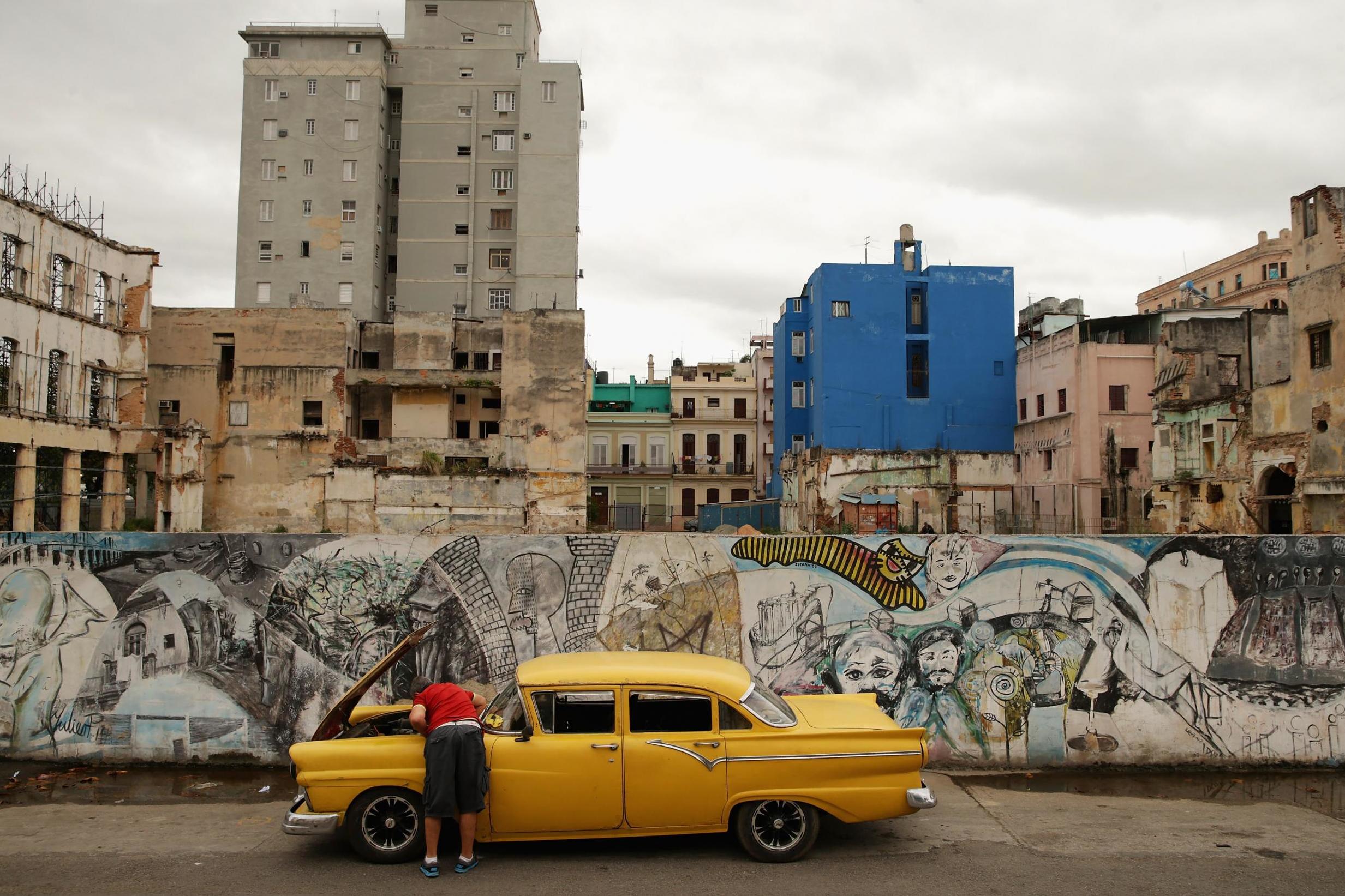
One of the saddest sights in Cuba, perhaps in the whole of the Caribbean, is the cruise terminal in the port of Havana, where the berths lie deserted and renovation and expansion have stalled. The reason is not coronavirus, though that has already blighted global travel and cruising in particular. The reason is Donald Trump’s decision to reverse much of the tentative US opening to Cuba launched by his predecessor at the White House, Barack Obama.
The sadness is only in part that the terminal lies idle. It is more that in very recent memory, in the two years from 2016, it had embodied Cuba’s hopes of boosting tourism and speeding up its opening to the outside world. Contracts had been exchanged with a Turkish company to increase three berths to six. Havana was being included in more and more international cruise itineraries, and tourism to the island overall – by sea and air – had doubled from 2 to 4 million.
For would-be tourists, the aborted development is a shame and a waste. The port of Havana offers a worthy introduction to what could and should be a glorious world city. Unlike some modern terminals that host ships so large that the berths have to be built in utilitarian docklands, Havana’s port is only a short walk from the atmospheric old city, where restoration of the Spanish-era buildings is gathering pace and small private shops and restaurants make for a lively street scene. With its glowing colours and constant soundtrack of Cuban jazz, Havana ought to be the world’s party central.
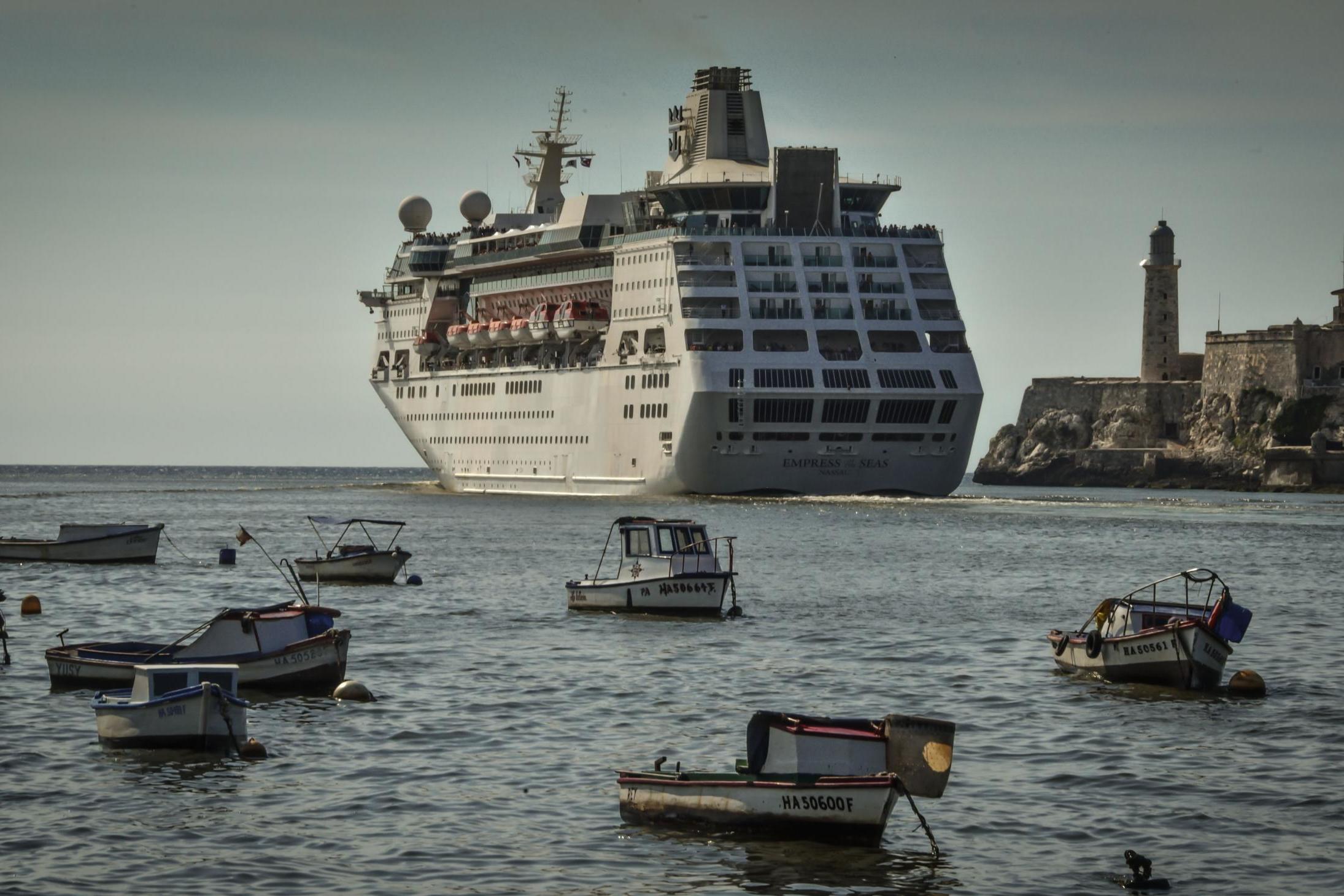
For Cubans, however, the fate of the cruise terminal represents yet another cruel betrayal on the part of the superpower to the north – a betrayal whose consequences can be seen all over Havana and further afield. Grand buildings from the early years of the 20th century stand shrouded in corrugated metal, their conversion into luxury hotels and restaurants frozen after promised US money dried up. Semi-renovated hostelries struggle on with sections demolished or closed.
What a difference six years can make. Hopes were sky-high in December 2014 when President Obama announced that the US was restoring diplomatic relations with Cuba and easing restrictions on travel and investment. It was a diplomatic coup that played at once into the popular mood in Cuba. Two years later, Obama became the first US president to visit the country since Calvin Coolidge in 1928 and a Cuban renaissance seemed assured. Peace had suddenly broken out between the two mismatched Cold-War adversaries, and an economic boom for Cuba beckoned.
Alas, all that came to a halt six months after Trump’s election, when he chose a rally with Cuban exiles in Miami to start undoing much of what Obama had done. US citizens were no longer allowed to travel to Cuba as tourists. Any investment that might be deemed to bolster Cuba’s one-party rule was barred. That was in June 2017, and the Trump administration has tightened the restrictions every year since.
Even the possibility for Americans to visit Cuba as part of humanitarian or public diplomacy groups is now squeezed. A Texan I met by chance on my recent visit said he had been to Cuba every year since the opening, as part of a humanitarian delegation, but feared this visit would be his last. Diplomatic relations remain restored, but this is almost all that remains of Obama’s Cuba initiative – and the embassy in Havana is largely empty, a potent symbol of a rapprochement derailed.
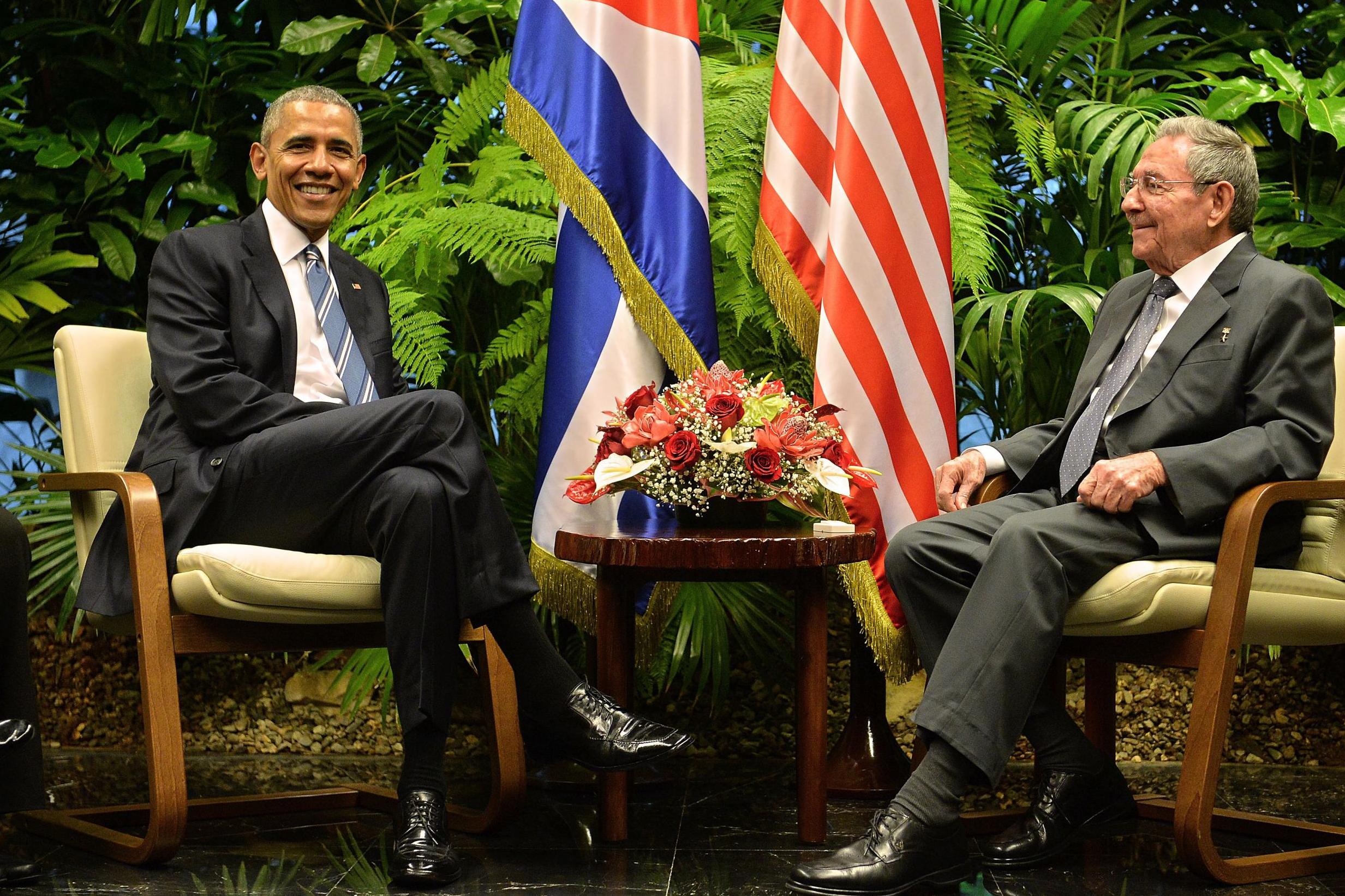
Young urban Cubans who wear shorts emblazoned with the stars and stripes and make a pittance from repairing mobile phones – a favourite form of small business – do not conceal their resentment about the future that seems to have been snatched from them once again. Despite a pervasive cheerfulness, daily life can be hard, with the reinstated US embargo making it still harder.
A severe shortage of fuel has plunged much of rural – but not only rural – Cuba back into the age of the horse and cart. I was on a 2,000-mile road-trip around the island, where the most conspicuous feature of the roads was the absence of motorised traffic. At Las Tunas, a major city to the south-east of Havana, our tour bus took the slip road on to the four-lane ring road, which was empty in both directions, save for the occasional horse-drawn buggy.
The rule is that everyone, except tour buses, must stop to take on passengers; at some of the more popular stops police stand by to make sure that they do
Bridges built many years ago to carry extensions to the island’s basic road network remain unconnected to anything. These days they have acquired a new purpose, as shelters (against sun or rain) for scores of people trying to hitch a lift by whatever means of transport chances along: horse and cart, bicycle rickshaw, ancient car, or converted lorry. The rule is that everyone, except tour buses, must stop to take on passengers; at some of the more popular “stops” police stand by to make sure that they do.
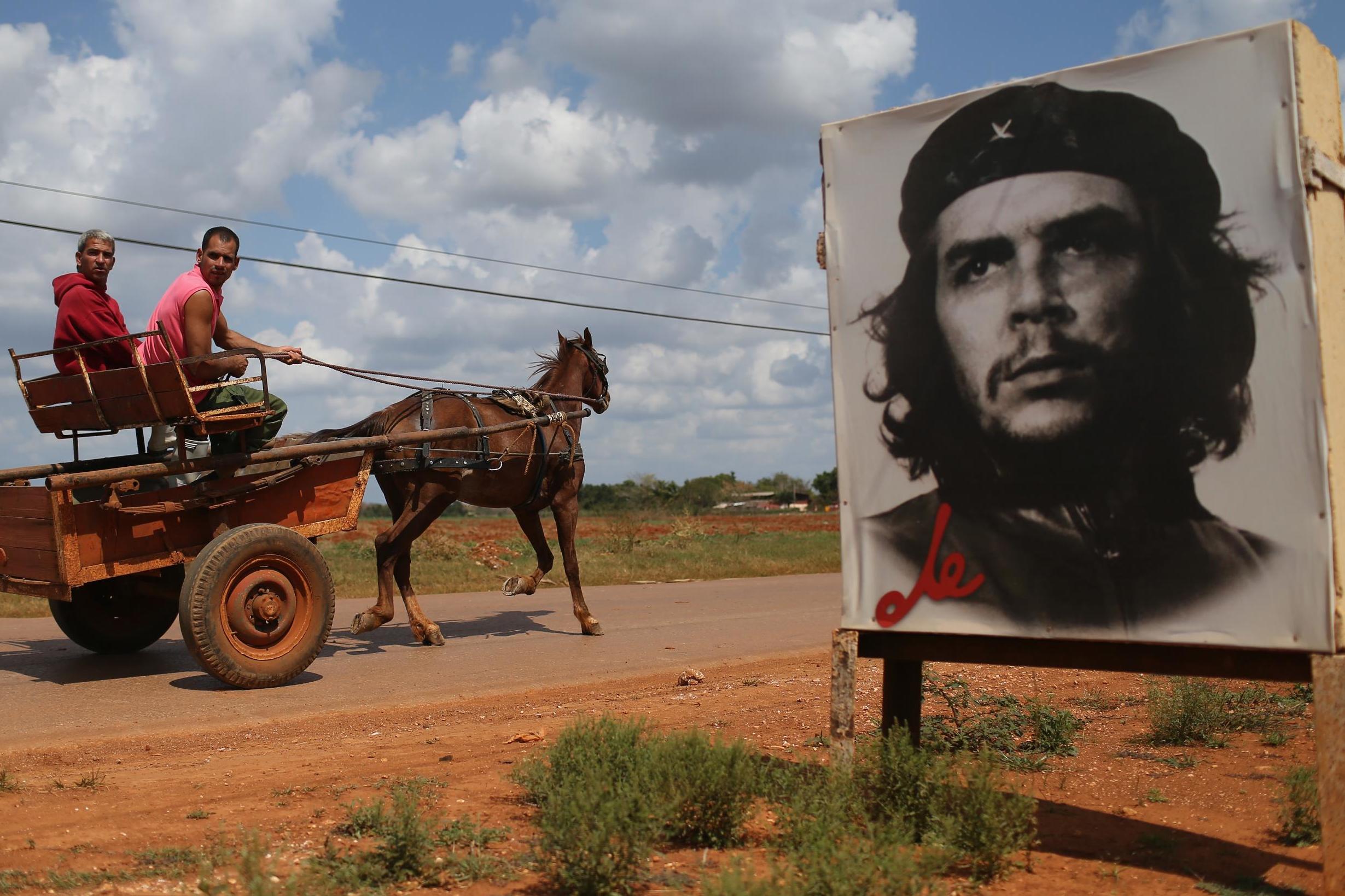
Public buses are fewer than you would expect in a professedly socialist country. Large queues build up at stops even in urban areas. Tourists, in buses and hire-cars, have priority at petrol stations, where others must wait for hours, even when there is fuel. The lines of waiting cars extend for block upon block, while bus garages and freight depots are stuffed with vehicles going nowhere.
At this time of year, the bulk of the sugar cane has been harvested. What remains, and the maize and the hay, are cut with scythes. The cleared fields are ploughed with horses or oxen, and seed is scattered by hand. A modern tractor is a rare sight. The proudest and most content seemed to be the horse-riders, invariably men, sitting bolt-upright in the saddle, wearing “cowboy” hats against the sun, and beholden, so it seemed, to no one.
The bright vintage cars that have become a Cuban trademark are still a feature of Cuban towns. Imported from the United States in bygone days, they are lovingly kept on the road out of necessity since they can offer a good income to their private owners who ply for hire in tourist centres. With visitor numbers down from their record of two years ago, however, the competition is sharp, and many seem to spend more of their time as quirky ornaments rather than as a means of transport.
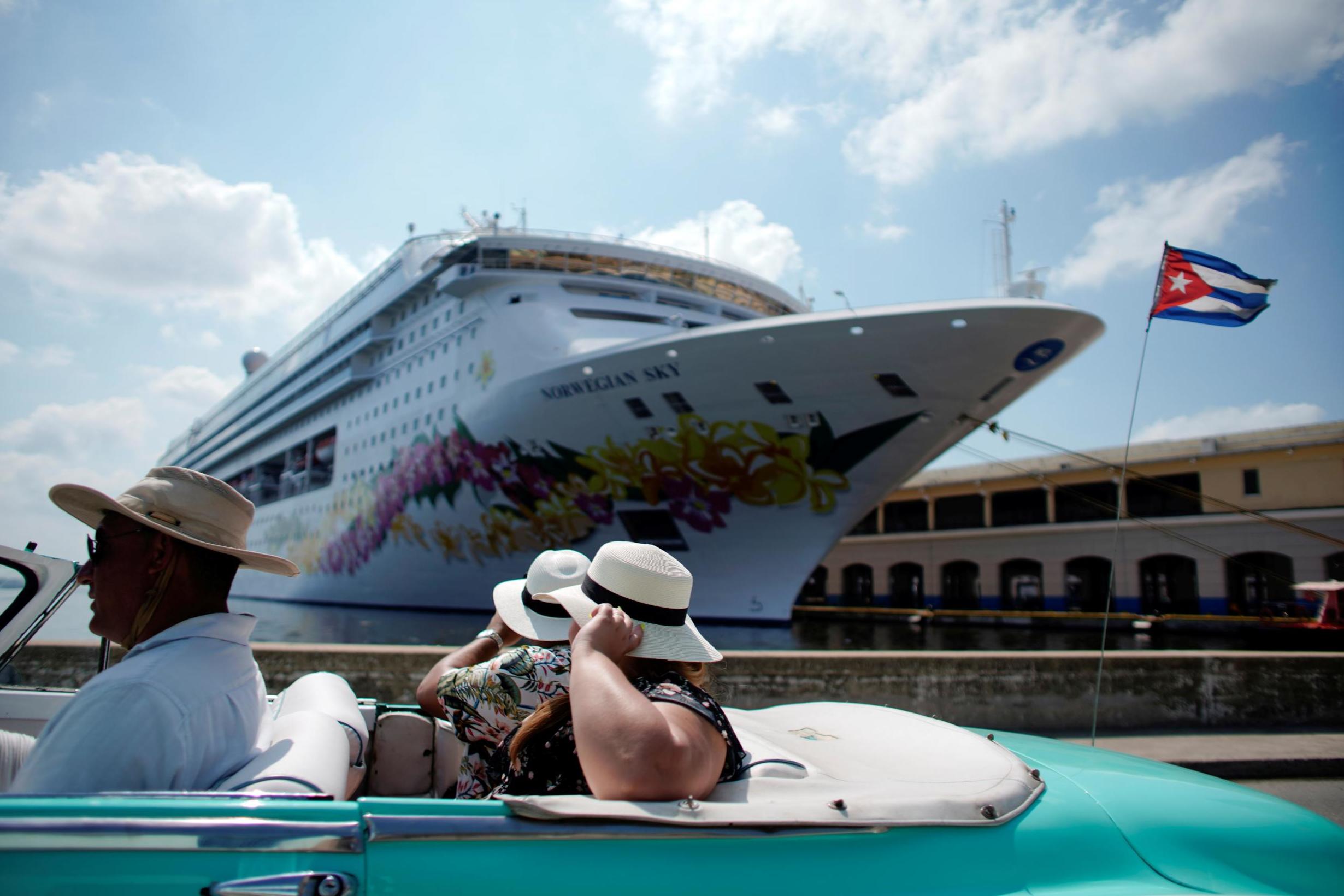
Not only is fuel in short supply. There are other goods that are available only intermittently. I was often approached, quite tentatively, by women who did not appear to be begging, some of whom carried small babies. They asked for something very specific: soap suitable for small children. At Santiago de Cuba, the city known as the “cradle of the Revolution” in the east, long queues materialised out of nowhere when washing-powder suddenly appeared in shops. Sales were limited to four packs per person. In central Havana, an instant throng gathered around a lorry that was unloading tomatoes and bananas.
A rationing system allows Cubans to buy staples, such as sugar, rice, beans, and meat, at state-subsidised prices. But if you want more, or a more varied diet, then you must buy at the market or a private shop for several times the price. Herbs and spices are highly desired. But even the markets I visited were generally more poorly stocked than those that used to sell at free prices in the long-gone Soviet Union.
With scant incentives to farm, little investment in the land, inadequate transport and a population still gravitating to an urban life, a time of plenty often seems very far away
A confusing (to foreigners) dual currency system means that tourists must pay several times the price for the same goods bought by Cubans. The trick, of course, is that the choice available at “Cuban” prices is limited. This means that jobs affording legal access to convertible pesos – around tourism, for instance, or driving taxis – attract university teachers, doctors and even surgeons, depriving the state sector of much-needed skills.
Signs, often hand-written, in shop windows make clear that some or all of the goods on display can be bought only with the convertible sort of pesos. In an apparent attempt to satisfy pent-up demand (and curb smuggling), the government recently introduced a type of credit card that can be loaded with convertible pesos by friends or relatives living abroad.
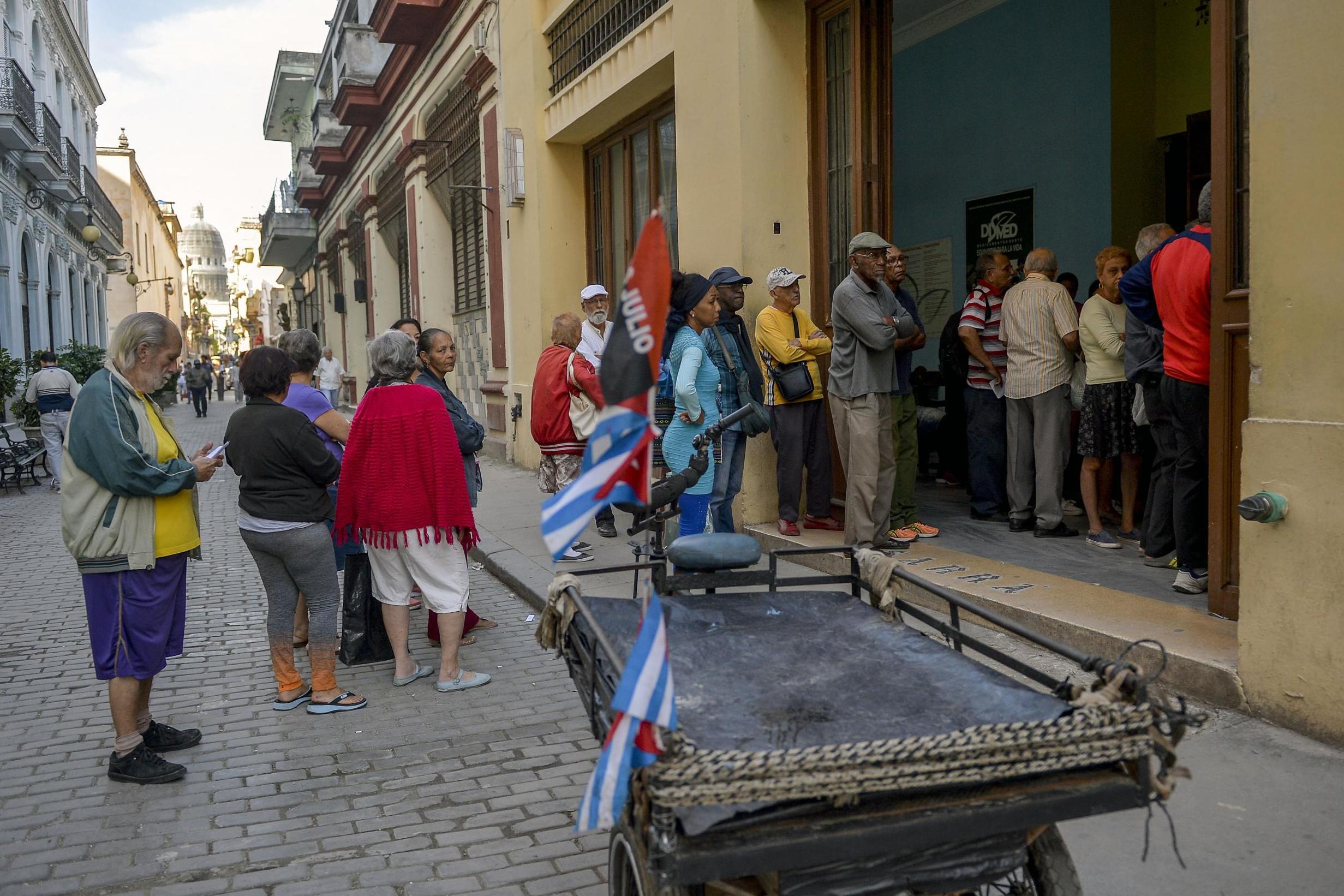
There are those who compare the extent of current shortages with the crisis known as the “special period” of the early 1990s, after the dissolution of the Soviet Union led to Cuba summarily losing the main market for its sugar. But the blame cannot be attributed exclusively to the US trade embargo, reinstated and toughened by Trump. Other forces are in play.
Until recently, Cuba received most of its oil from Venezuela, but Venezuela is afflicted with an even more acute crisis of its own and alternative suppliers are few and far between. Many other countries in the region fear US reprisals if they engage in any trade, however minimal, with Cuba; Brazil being a partial exception.
At least some of Cuba’s hardship, however – though how much is difficult to gauge – is ideological in origin and largely self-imposed. This is especially true in agriculture, where sugar and tobacco are still the main crops, and market-gardening – despite some initiatives to encourage the cultivation of land on the edge of towns – has not really gained a hold.
In some respects agriculture seems to have gone backward: I lost count of the times I was told that this or that area “used to” produce coffee, or rice, or fruit – commodities that it now imports expensively, from, among others, Vietnam. (One of the few places to buy Cuban coffee is at the duty-free shop in departures at Havana airport.)
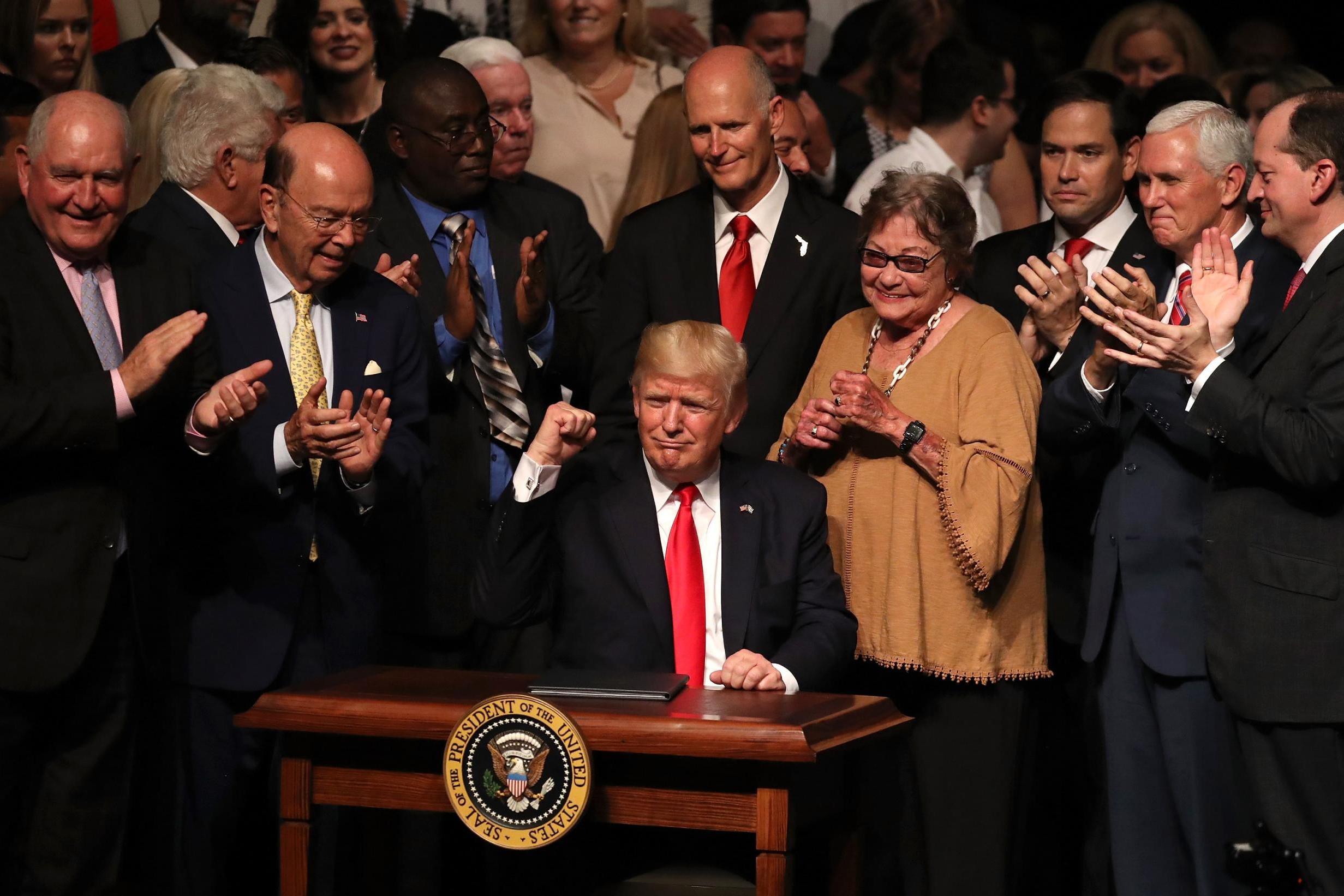
As a tropical country with farmland to spare, Cuba has little excuse for not being able to supply itself with a good variety of vegetables and fruit. But with scant incentives to farm, little investment in the land, inadequate transport, and a population still gravitating to an urban life, a time of plenty often seems very far away. And until such basics as transport and packaging improve, even what is produced tends to arrive old and battered.
Against this, Cuba still has a reputation for good schools and medical care. At 78.8, life expectancy is almost identical to that of the United States, and the literacy rate is close to 100 per cent. At the same time, other basic infrastructure remains neglected. Many people in rural areas are still drawing their water from wells. Drinking water, even in parts of Havana, is brought in on tankers; bottled water comes and goes from shops.
Curious, too, is the way the revolution is now personified less by Fidel Castro but by Che Guevara – an Argentinian who forsook Cuba in pursuit of world revolution
This does not mean, however, that nothing has changed in recent years or that there are not bright spots. Several people in my tour group had visited Cuba more than 10 years before and found central Havana transformed, in part by still limited state-sponsored renovation – not enough of which, some Cubans feel, is funded by Unesco – and in part by the burgeoning of small private businesses.
There is a question mark, though, over how far the small-business sector can develop. At present, it mainly encompasses restaurants, art and craft galleries, phone and tech repair hubs, stalls offering cheap imported goods such as cosmetics and underwear and – in the tourist centres – souvenir shops displaying Che Guevara T-shirts and piles of Cuban hats. As a guide to the gaps in state provision, these shops are instructive.
There is also a plethora of private B&Bs, after residents were encouraged to rent out spare space so as to offset the shortage of hotels in anticipation of the tourist boom that came and went. But private business is strictly regulated and heavily taxed – and, according to some, its expansion has slowed in the past two years.
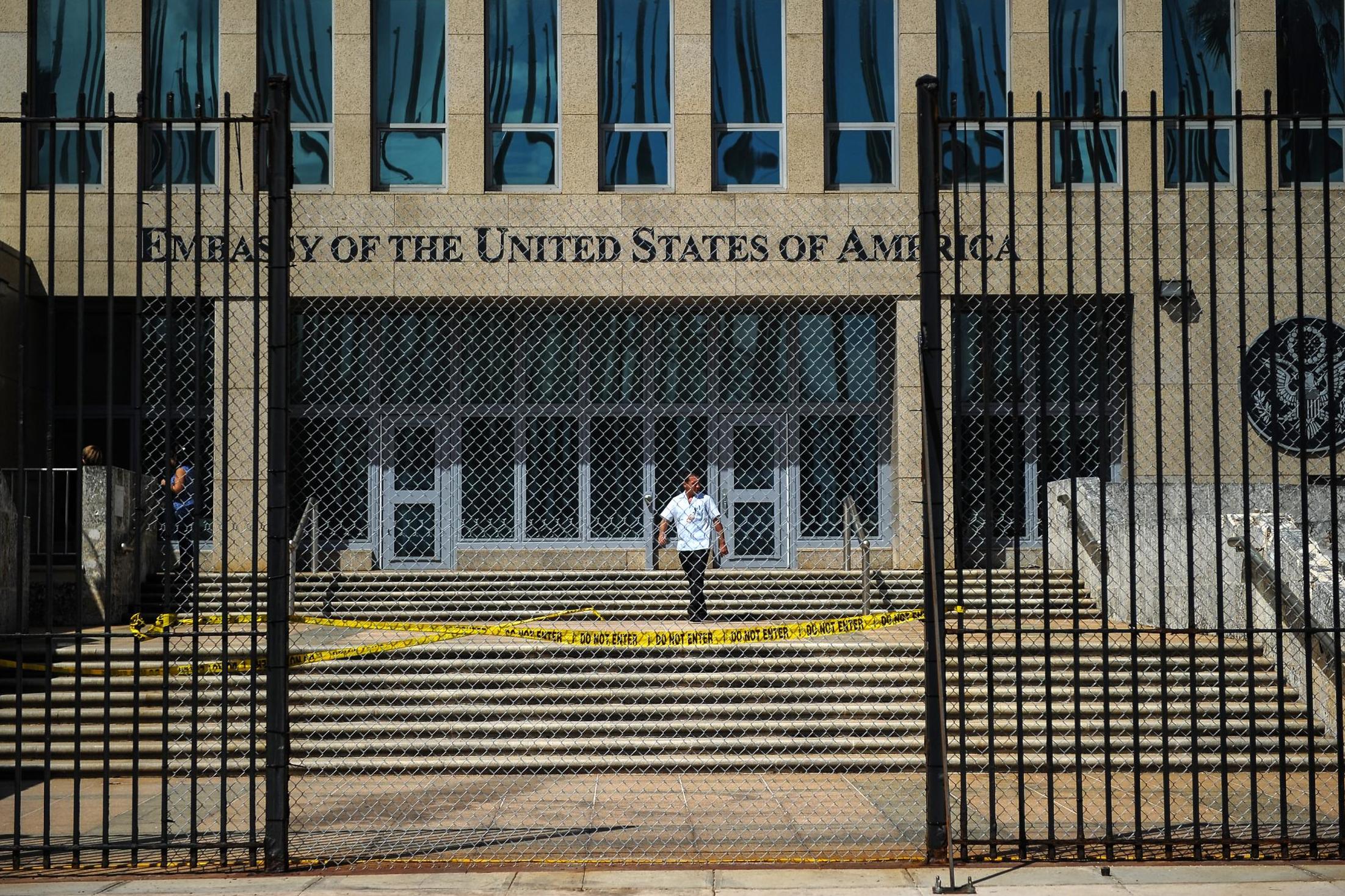
Whether this is due to saturated demand or ideological misgivings is not entirely clear. Mobile phones are certainly less in evidence than in many poorer parts of the world, and wi-fi outside tourist hotels is patchy. At the picturesque city of Trinidad in the south, people queued at a musty computer room connected to the main telegraph office, while young people waved their phones in the air on the square outside, hoping to catch some of the signal.
Meanwhile, a degree of ambivalence seems to attach to the brand of revolutionary socialism that has defined Cuba since Fidel Castro and his guerrilla forces seized power in 1959. On the one hand, socialism and the revolution live on in the way Cuba is organised and in the iconography – the incentivising slogans and huge images of Fidel, Che Guevara and the rest that adorn streets and public buildings of a certain post-revolutionary age. The revolution, Cuba’s revolution, is seen as unique and remains a source of national pride.
On the other hand, many of the billboards that urge solidarity and class consciousness are fading and have not been renewed. Museums and monuments – whether to Castro’s legendary storming of the Moncado Barracks at Santiago in 1953 or the defeat of the US-sponsored invasion at the Bay of Pigs – are less well-tended than museums to an older history, created in Spanish imperial villas and forts.
Curious, too, is the way the revolution is now personified less by Fidel Castro, who died in 2016, after leading Cuba for the best part of 50 years, but by Che Guevara, an Argentinian who forsook Cuba in pursuit of world revolution and died in Bolivia in 1967. While Fidel’s ashes are interred at the family burial site in the Santa Ifigenia cemetery at Santiago, with a memorial in the shape of a giant boulder and a modest guard of honour, Che’s memory is glorified in a huge statue and commemorative complex that dominates the approach to the central city of Santa Clara.
Those conditions still make Cuba the most promising new territory for US investment, with the bonus that a presumed enemy could become a friend. Old habits, nonetheless, die hard
Built in 1988, the complex was extended nine years later with an underground mausoleum to accommodate Che’s remains, after they were discovered and claimed by Cuba. But why the belated glorification of Che? Why the more modest commemoration of Fidel? Was it perhaps that Fidel, as communism elsewhere in the world was faltering, hoped that rekindling the romance of Che might help to keep the spirit of Cuba’s revolution alive? And is it Che, or the mythology of the revolution, or maybe the abiding sense of being under siege that gives Cuba its fierce patriotism today?
Which prompts the most vexing question of all. Why, more than 60 years after Cuba’s revolution and with communism no more any sort of threat, is the United States still so preoccupied with this impoverished island in the Caribbean – and not in any positive way?
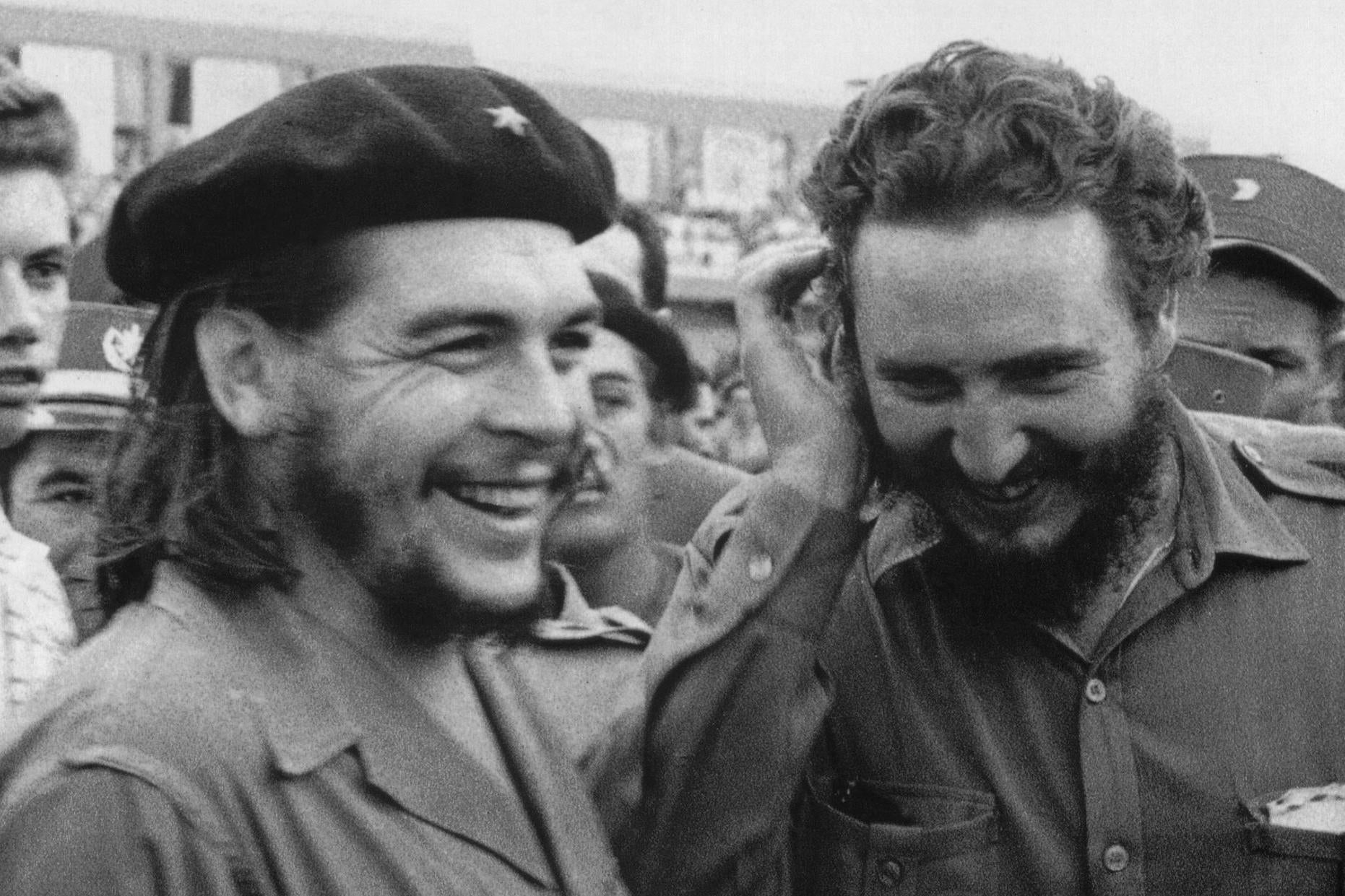
Washington’s fear-laden hostility is just about understandable in the wake of Castro’s victory and the flight of Fulgencio Batista, Cuba’s longtime military ruler and US client. It is understandable, too, in the Cold War world, where the hot wars were fought by proxies and Cuba, like Vietnam, was seen as another frontline. And it is just about comprehensible that the rout of US-trained and -sponsored Cuban exiles at the Bay of Pigs created an image of a country far more powerful than it was. It is credible, too, that when the Soviet Union moved to site nuclear-armed missiles on Cuba a year later – in response to US missile deployments in Turkey – that Washington would regard this as a mortal threat. The 13-day stand-off held the world in fear.
But the US won that stand-off, and with the dissolution of the Soviet Union in 1991, Cuba lost both its economic patron and its ideological support. Even then, though, there was no overture from Washington, no attempt to exploit what could be seen as a heaven-sent opportunity to draw Cuba on to its side. Why not?
A simple explanation is the strength of the Cuban exile lobby in the crucial US marginal state of Florida; how crucial was graphically illustrated by the electoral stalemate in the year 2000. By the time of Obama’s election in 2008, it seemed that a second generation of Cuban exiles was more integrated into mainstream US politics and less fixated on the one issue of overthrowing the regime in Havana. It allowed Obama to risk an opening – but only in his second term.
It then seemed logical that Trump would continue that policy, not least because of his nose for business opportunities, but it was not to be. Again, there was a would-be president needing, and grateful for, the Cuban exile vote. That, and Trump’s early Anything-But-Obama approach, led him to turn the cold shoulder.
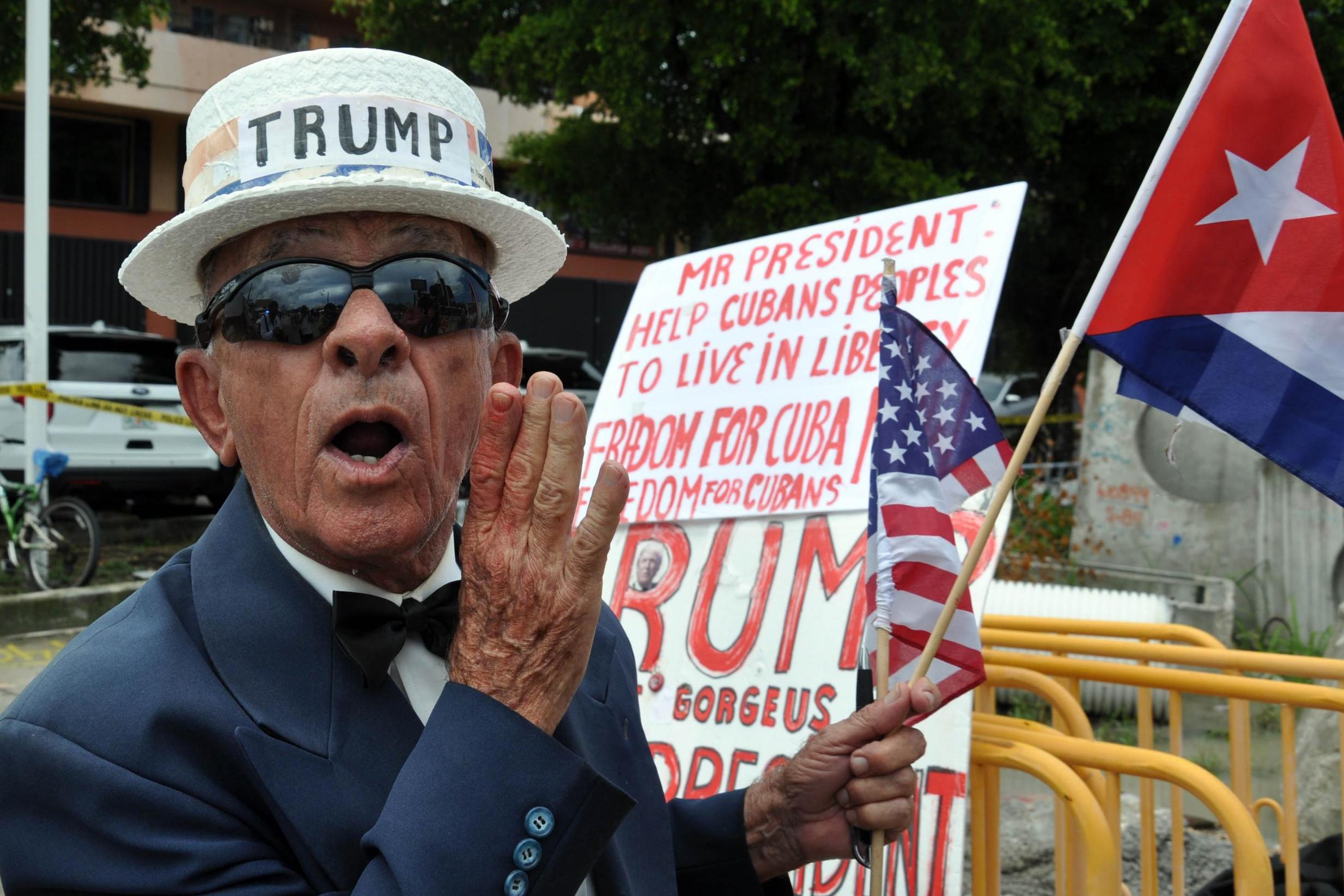
Yet it is hard to exaggerate how misguided, how short-sighted, quite simply how senseless, this reversal looks when seen from Cuba. Here is an island nation, at the gateway to the Caribbean, in what has to be recognised as the US sphere of influence. Its economy is a mess; it badly needs outside investment on a scale that only the US or international organisations can supply. But its potential is vast: a mostly clement climate, Caribbean beaches, some dramatic scenery, a unique and fascinating history, and an enviably relaxed lifestyle (when people do not have to queue for soap). In its rum, cigars and vintage cars, it has a brand recognised around the world.
What is more, as was shown by the response to Obama’s opening, the return of the US would not only be welcomed with open arms but raise Cubans’ hopes that they could live normal lives in a normal country.
The timing of Obama’s overture was probably as good as it could get. Fidel Castro was retired and ailing; his brother, Raul, had a limited reform agenda and was to resign the presidency – though not the Communist Party leadership – four years later. Still, the grip of ideology was loosening; private enterprise on a small scale was being encouraged. The US Cuban diaspora was less opposed than it had once been. Tourism, especially American tourism, was accepted as a key to development, just as it had been way back before the revolution.
Those conditions still make Cuba the most promising new territory for US investment, with the bonus that a presumed enemy could become a friend. Old habits, nonetheless, die hard. Where a forward-looking leader might envisage a Marshall-style plan for Cuba, this US primary season has spawned a bizarre spat over compliments the Democrat hopeful, Bernie Sanders, paid to Fidel Castro for his legacy of literacy and health standards in Cuba. The upshot is that Cuba risks becoming, like Venezuela, little more than a cipher for failed, yet still dangerous, socialist ideas.
The only threat to Americans from today’s Cuba is the danger than it could become a failed state within a day’s sailing of the Florida Keys. To prevent that, Cubans need help, but they also need hope. How many more presidents must enter the White House before that is understood?
Join our commenting forum
Join thought-provoking conversations, follow other Independent readers and see their replies
Comments